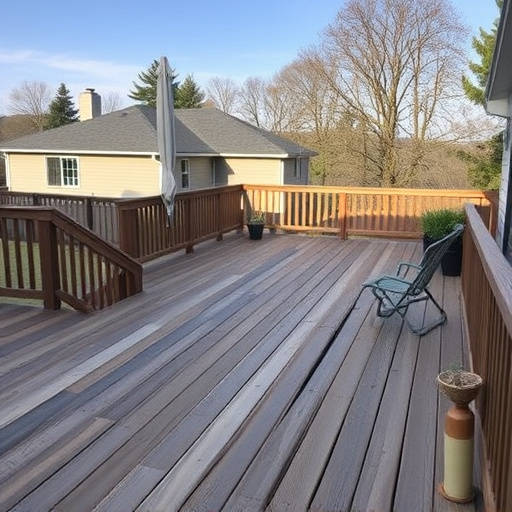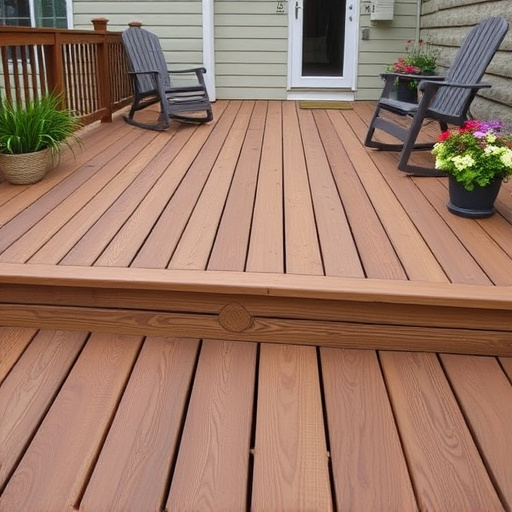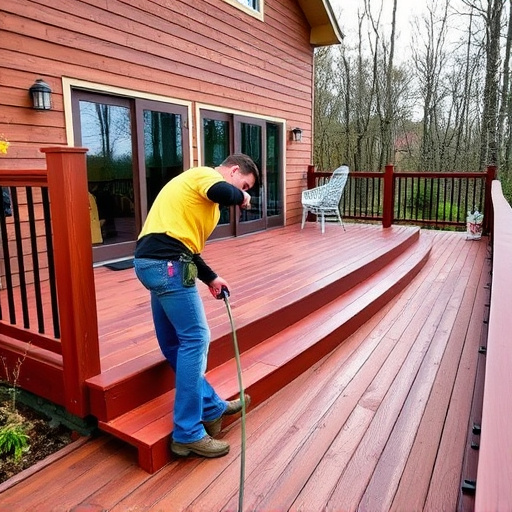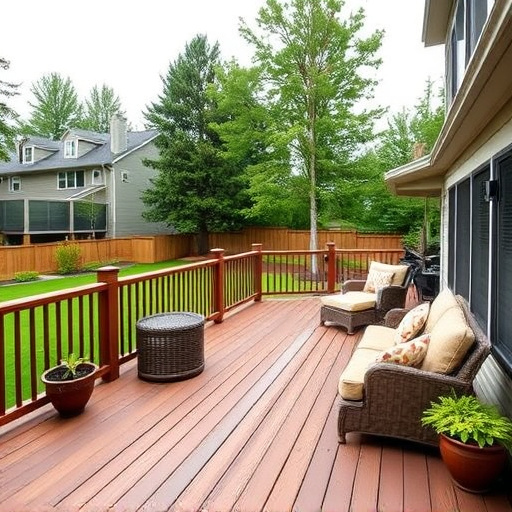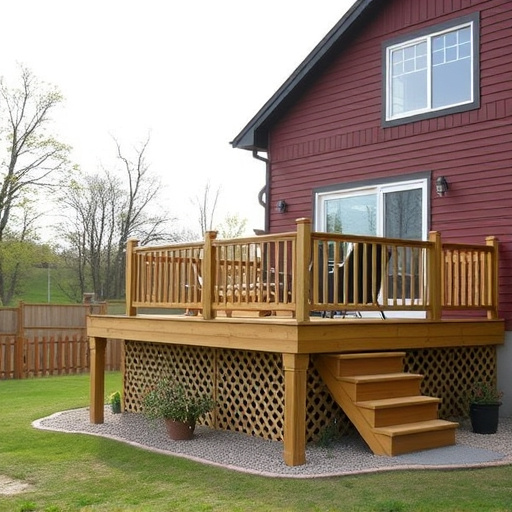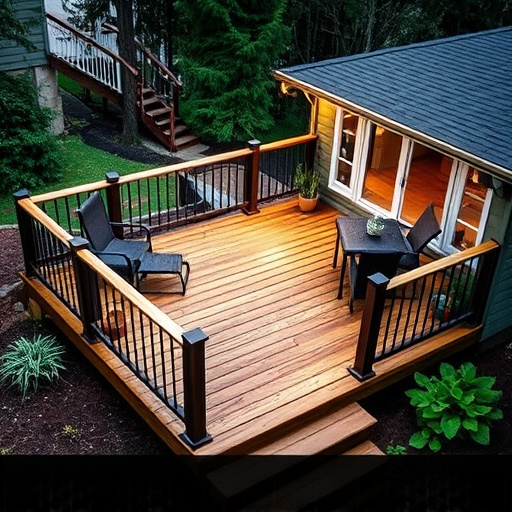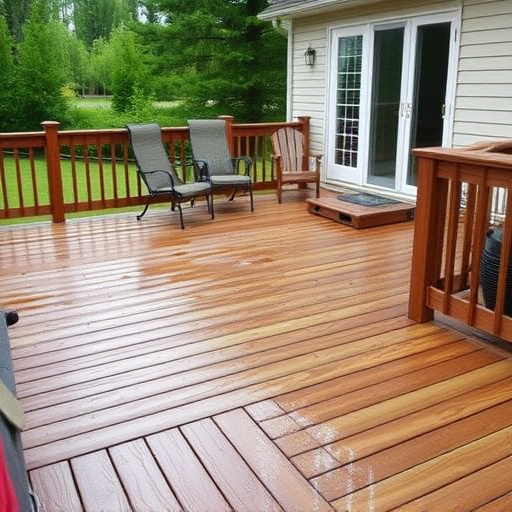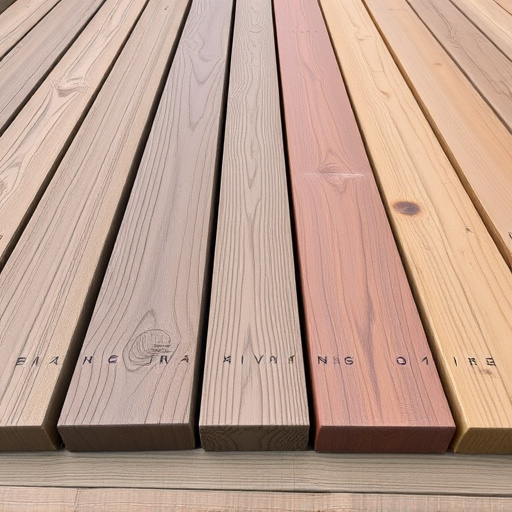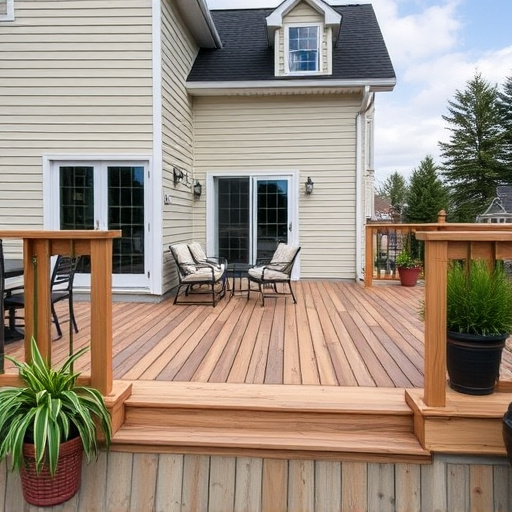Choosing the right material for your residential decking (e.g., wood, composite, steel, aluminum) is key to preventing future issues. Consider climate, personal taste, and maintenance preferences. Integrate roofing or siding services for enhanced structural integrity. Make an informed decision based on budget, desired maintenance level, and space's purpose. Consult professionals for extensive projects. Evaluate material impact on home value, longevity, cost, and environmental factors. Eco-friendly materials are gaining popularity for sustainable solutions.
Avoid common pitfalls with your residential decking project! This guide highlights critical mistakes to steer clear of, ensuring a durable and low-maintenance outdoor oasis. From material selection – understanding the pros and cons of wood, composite, and PVC – to expert installation techniques and regular maintenance routines, these tips will transform your deck into a long-lasting centerpiece. Learn how proper care can prevent costly repairs and maintain the beauty of your residential decking space.
- Choosing the Wrong Material
- – Misunderstanding the pros and cons of different decking materials like wood, composite, and PVC.
- – Impacts on durability, maintenance, cost, and environmental factors.
Choosing the Wrong Material
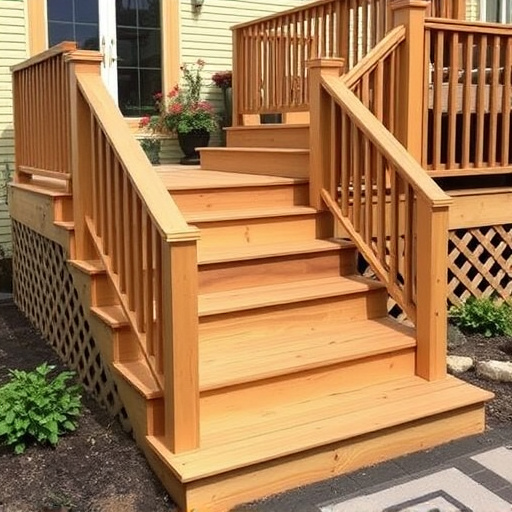
When it comes to residential decking, choosing the wrong material can lead to a variety of problems down the line. While wood remains a popular choice for its natural aesthetics and versatility, it requires regular maintenance to protect against rot, insects, and weather damage. Alternatively, composite decking offers durability and low-maintenance benefits, but might not suit every aesthetic preference. Steel and aluminum decks provide exceptional strength and longevity but can be more expensive and may not have the same visual appeal as traditional materials.
It’s crucial to consider your climate, personal style, and long-term maintenance preferences before making a decision. For instance, if you live in an area prone to storms and harsh weather conditions, opting for high-quality decking materials that can withstand such elements is essential. Moreover, integrating roofing services or siding services into your decking project can enhance structural integrity and protection, ensuring your outdoor living space remains a low-maintenance haven for years to come.
– Misunderstanding the pros and cons of different decking materials like wood, composite, and PVC.

When planning your residential decking project, one common pitfall is falling into a misunderstanding of the available materials and their advantages and drawbacks. While wood remains a popular choice for its natural aesthetic appeal, it requires regular maintenance like sealing and staining to prevent rot and insect damage. Composite decking offers a low-maintenance alternative but can be more expensive up front. It’s also important to note that composite materials don’t offer the same level of customization in terms of color and style as wood. On the other hand, PVC decking is durable, low-maintenance, and resistant to fading, warping, and cracking—a solid choice for those looking for a long-lasting solution. However, it can be more challenging to work with during installation and may not offer the same level of versatility in design.
Understanding these nuances is crucial when deciding on decking materials for your home. A poorly informed choice could lead to issues down the line, from unsightly discoloration and warping to structural problems, especially in harsh weather conditions or over time. Remember that the right material should align with your lifestyle, budget, and desired maintenance level, as well as complement the overall look and feel of your space—whether it’s a cozy backyard retreat or a vibrant entertainment area. For commercial roofing or residential roofing projects involving extensive decking, consulting with professionals can provide valuable insights tailored to your specific needs.
– Impacts on durability, maintenance, cost, and environmental factors.
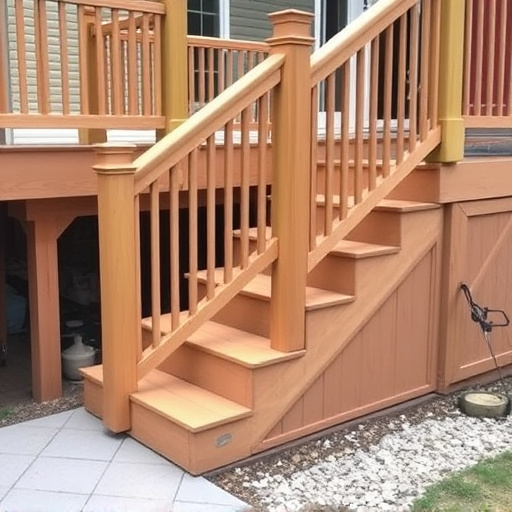
When it comes to residential decking, one of the key aspects to consider is its impact on various factors that contribute to your home’s overall value and longevity. The choice of materials plays a significant role in durability—whether it’s natural wood susceptible to rot or composite options more resistant to weather changes. Proper maintenance routines are essential for both types, but each requires unique care. For instance, wood may demand regular staining and sealing to prevent deterioration, while composites need less upkeep.
Cost is another critical consideration. While initial installation costs for residential decking can vary based on material and complexity, long-term expenses should account for siding repairs or roofing and siding replacements over time. Environmental factors also come into play, with some materials having a larger carbon footprint than others. Eco-friendly options are gaining popularity as homeowners seek sustainable solutions that align with their values. Ultimately, understanding these interconnected elements ensures you make informed decisions when it comes to your deck’s design, installation (such as siding installation), and maintenance, ensuring a lasting and attractive outdoor living space.
When considering residential decking, avoiding common mistakes is key to ensuring a durable, low-maintenance, and aesthetically pleasing result. Choosing the right material—whether it’s wood, composite, or PVC—is paramount, balancing factors like durability, maintenance requirements, cost, and environmental impact. By understanding the pros and cons of each option, you can make an informed decision that aligns with your needs and preferences, ultimately enhancing your outdoor space for years to come.


